Digression 2: From MANUALS to YOUTUBE (with a detour) - YouTube Rules
IIN THE OLDEN DAYS before the Internet, when some device of yours had a problem, you had to seek out its manual (probably long misplaced) or some expert repair person.
Now you just go online and enter a few search words. Instantly, there’s the manual for the make, model, and year of your device—even if the manufacturer no longer exists. It’s probably worth having a look at the troubleshooting section in the back of the manual. More likely, though, you’ll be drawn to a swarm of relevant YouTube videos begging for your attention. When you tell the search engine what kind of problem your device has, the videos offered become even more relevant. As soon as you pick one to sample, YouTube’s recommendation engine shows you an array of related videos. After a bit of shopping among them, you’ll probably find exactly the lore you need to figure out your device’s problem and several demonstrations of how to fix it. All for free.
YouTube is a damn miracle. It is the most popular social medium in the world. Its website is the second most visited, after Google. Of its two billion viewers worldwide in 2023, 210 million are in the United States—four/fifths of our adult population of 258 million. Pew Research reported in 2018 that two-thirds of American adults (188 million) declared that “the platform is important for helping them figure out how to do things they’ve never done before.”1
YouTube’s vast quantity of how-to-fix-everything videos are a small subset of the boundless cornucopia of how-to-DO-everything videos on offer. You can find videos on any skill you want, at any depth you want—cook any food, learn the nuances of any musical instrument, study any language, upgrade your technique in any sport, and—indeed—fix any device.
No subject is too arcane or too common. Do you need to extract your own tooth without a dentist? There are several grotesque videos and, on a dental health site, one very sensible one. Want help repairing your Lionel model train? You’ll find scores of videos on the subject. Fix a hole in sheetrock? Scores of videos. Extract a splinter? Scores—including techniques that involve duct tape, glue, baking soda, a raisin, or sugar with soap. Restore an old vehicle or repair a current one? Thousands of videos.
A valuable element of many repair videos is in the notes added by the creators and by people making comments. They often provide links to resources such as other videos and sources of tools, materials, and parts.
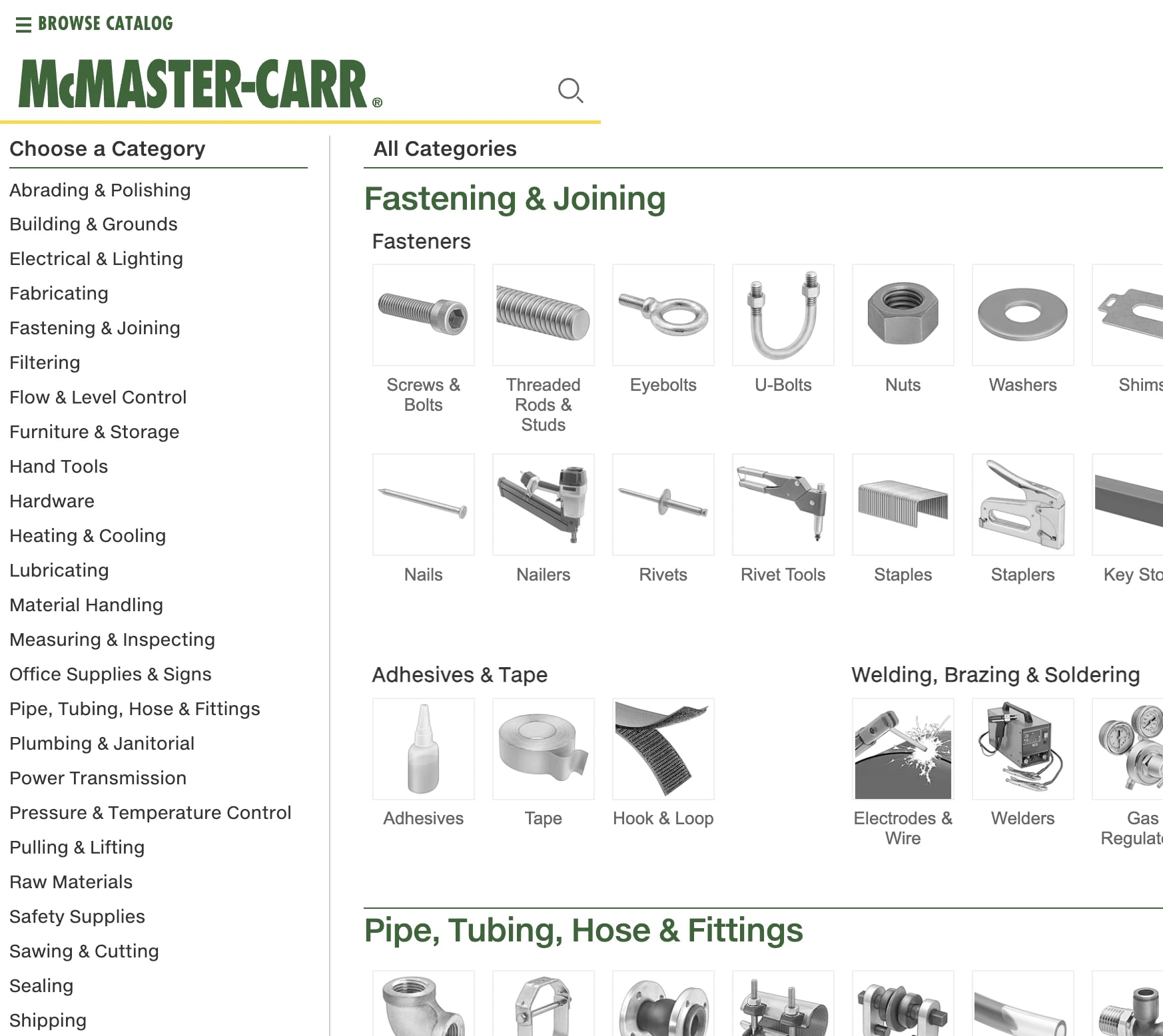
The motherlode of industrial components, supplies, and tools is the McMaster-Carr online catalog. Each of its 700,000 products is accompanied by detailed information such as specifications, dimensions, ratings, features, and availability. (One reader, Matisse Enzer, calls it “perhaps the best e-commerce site I have ever used—no flash bullshit marketing stuff and lots of great cross-referencing, categories, and detail drawings.”) The paper version of the catalog, in its 129th edition, has 3,800 pages.
Finding a spare part to replace something broken, worn down, or lost used to be an arcane quest that only specialists could manage. Auto junkyards littered the land as reservoirs of automobile parts. Now they’re gone, and the internet is the reservoir of parts for everything. Kevin Kelly, best known as a technology futurist, is also an avid do-it-yourself maker and fixer of things. He told me his approach to finding parts online:
I start with Amazon because it is shocking how often they will carry parts to all kinds of things you would not expect. I start with what I think a part is called and then hunt through the recommended alternatives to fine-tune what I want. For things I can’t get on Amazon, I go to McMaster. They require that you know what a part is called, and they charge for shipping, but they ship fast. They have an incredibly vast catalog of things, particularly ones that come in huge diversity, like bolts, motors, hardware, etc., with more variations than Amazon. One advantage of the McMaster paper version of their catalog is that you can leaf through nearby pages looking for what you think the part is. I sometimes go to specific websites for things like spa covers, lamp parts, or vacuum cleaner parts, which offer a whole army of specialized brand-name device parts that neither Amazon nor McMaster has. Finally, for really obscure parts or materials, I will check eBay. I think the golden goose of maintenance is YouTube plus Amazon. This combo has revolutionized repair for the average person. Everyone I’ve met has a story of how they looked up a broken thing on YouTube, saw how it was repaired, and then ordered the part on Amazon. I often use YouTube to uncover the part name or source I need, which is mentioned in the video or listed in the notes. The list of things I have repaired using YouTube and Amazon is long—repairing a car door handle, replacing a brake light case, fixing a garbage disposal, etc. The relationship between a device’s parts and the whole device is illuminated by a popular genre on YouTube called “teardowns.” In teardown videos, manufactured things are taken completely apart to reveal all their secrets—how everything functions, how the components fit together, and how they can be repaired. Many teardowns are the first step of completely restoring an old machine, part by corroded part. Many are for instruction. Many are just for the joy of exposing hidden things and demystifying a piece of the world.
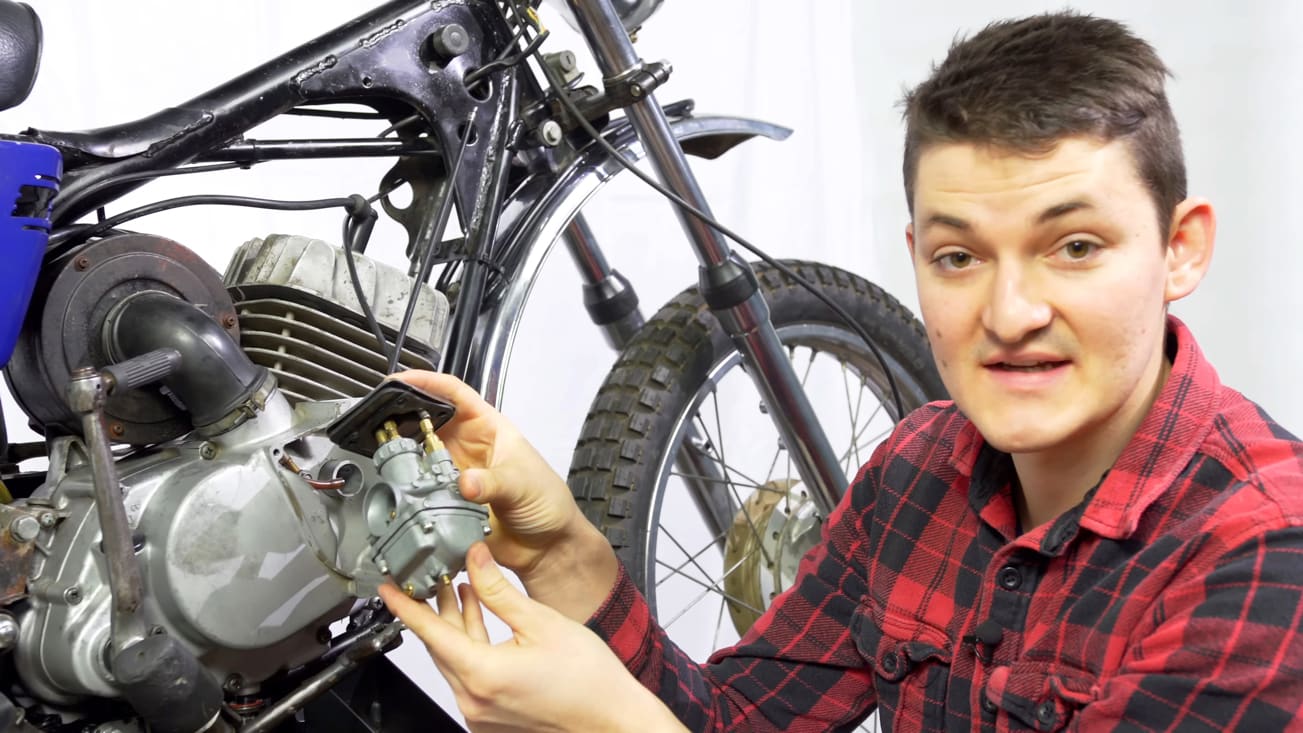
Ryan Kluftinger shows how to get at the carburetor of a motorcycle in a 7-minute teardown video designed to spell out the function of every major component—Robert Pirsig (of Zen and the Art of Motorcycle Maintenance) would rejoice. Kluftinger explains, "Carbs just force gas through jets because a spritz mixes better with air.” His “FortNine” YouTube channel has 1.4 million subscribers.
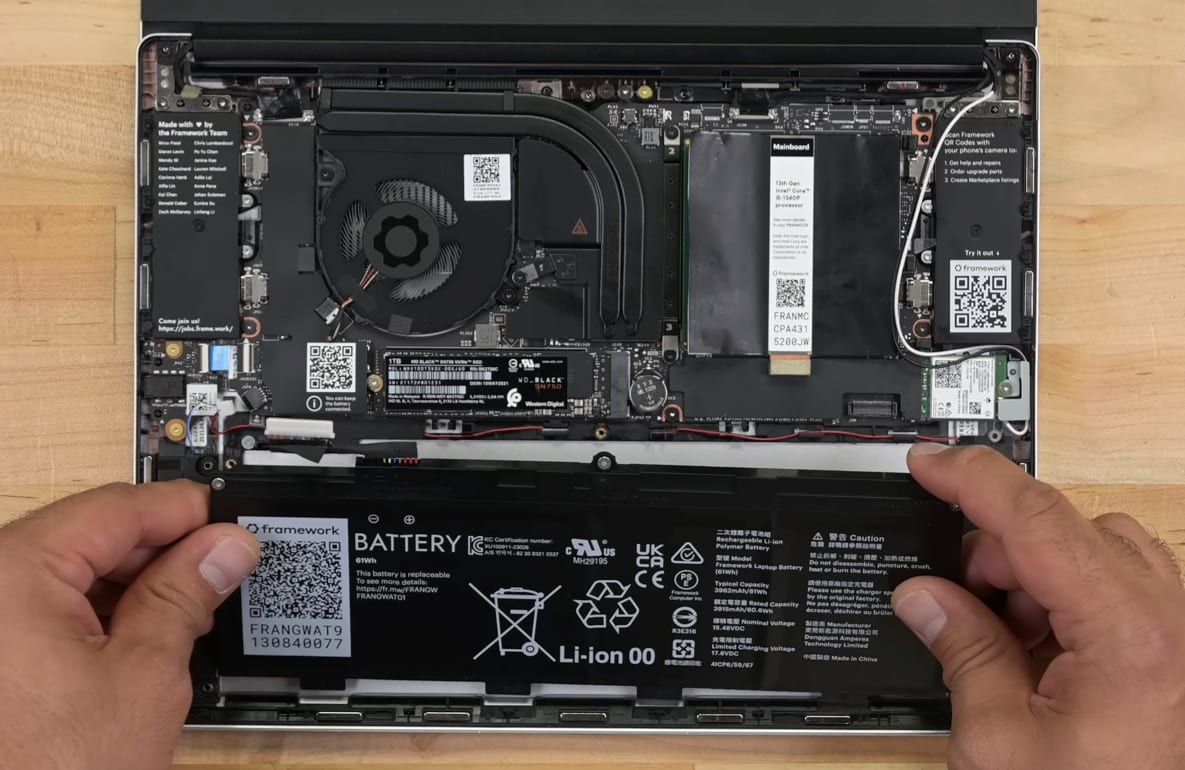
One of iFixit’s innumerable teardown videos demonstrates how easy it is to disassemble a Framework laptop computer, which is designed and built specifically for ease of repair and upgrading. Every component is clearly labeled and bears a QR code that takes you directly to explanation on Framework’s website. Here the battery is being removed for replacement by a new upgrade. The iFixit channel has a million subscribers.
The primary value of YouTube how-to videos, though, is the easy acquisition of skills. As soon as skills became massively available online, ferocious democratization was unleashed, and even the most esoteric of nerds could find each other and up each other’s game.
Consider the specialists who repair human bodies. “Surgeons are flocking to YouTube,” Christina Farr reported on CNBC in 2019. A Dr. Justin Barad told her that during his medical education, “He’d often get prepped by watching a video before a procedure. Sometimes he’d even open a YouTube video in the operating theater when confronted with a particularly challenging surgery or unexpected complication. ‘I don’t know a surgeon who hasn’t had a similar experience,’ he said.”2 Just for prostate surgery, there are over 20,000 videos.
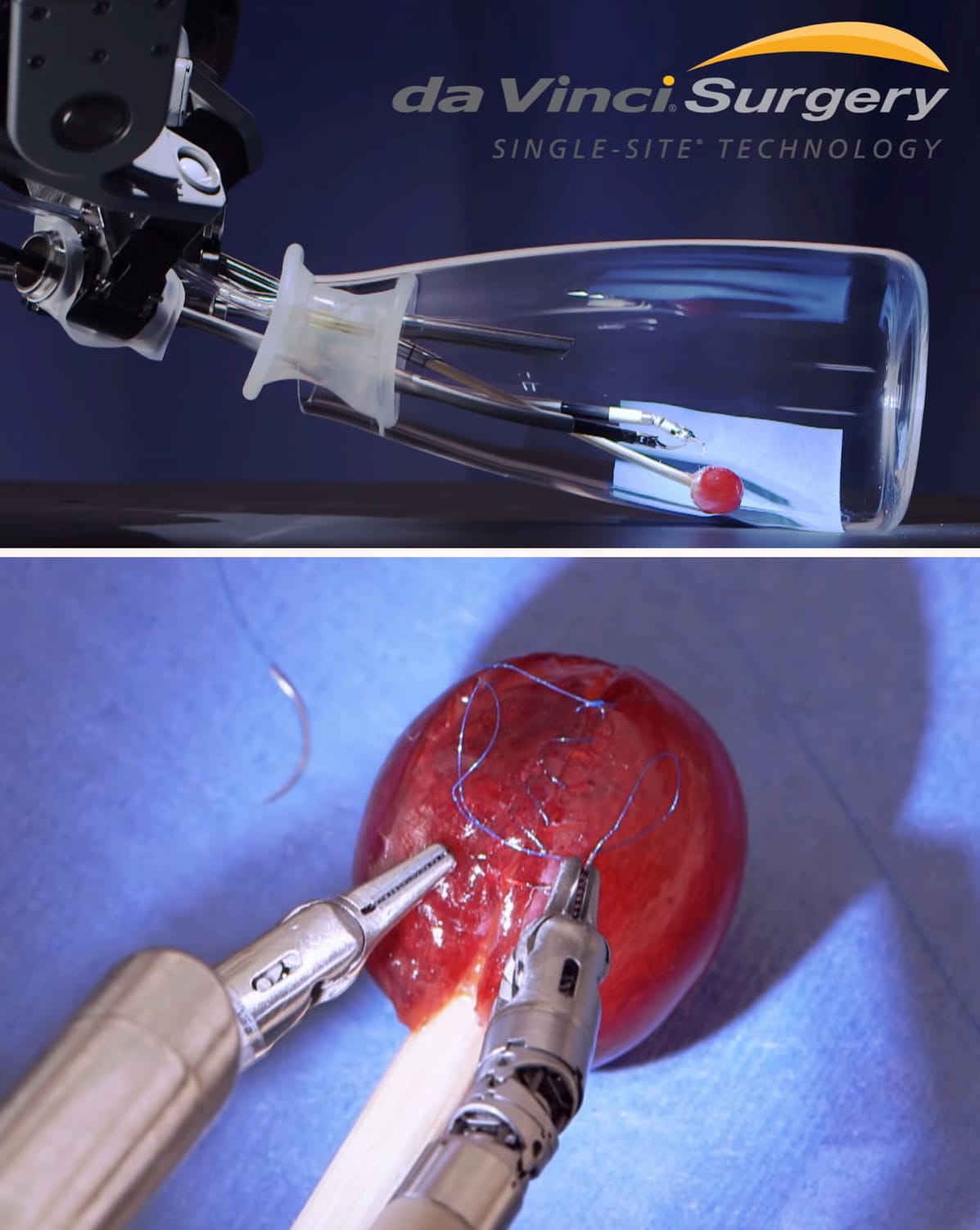
Inside a bottle, a grape is partially peeled, and then its skin is sutured back by a robotic device piloted by a surgeon. “Keyhole surgery” like this has been developed to make surgery less traumatic. According to a report on medical videos, “sophisticated hardware requires a lot of additional training. One especially popular type of content on YouTube is an instruction manual for Intuitive’s da Vinci surgical robots, which can take months of practice to master.” This video has been viewed over 9 million times.

A “single-port” Da Vinci robot operation in progress. “In this case,” the surgeon narrates while suturing over the partial removal of a kidney tumor, “two figure-of-eight sutures provide nice closure. LAPRA-TYs are placed to secure the Hem-o-loks and keep them from slipping.” (The white Hem-o-loks and blue LAPRA-TY in the middle of the image secure the ends of the suture threads.) While a “needle driver” gripper on the left holds a thread taut, the needle driver on the right prepares to make another loop through the tissue. Off-camera to the left another tool referred to as “bipolar forceps” stands ready to pinch shut a second pairing of Hem-o-lok and LAPRA-TY. Thus four tools (including the 3-D camera) are being manipulated through a small opening in the patient’s abdomen. The surgeon sits several feet away in a “console” that translates the actions of his hands, fingers, and feet into the intricate, precise choreography of tissue removal and repair.
Professional plumbers are as keen to learn from YouTube as surgeons. A plumber stumped by a problem with your toilet will—right in front of you—scan for videos made by other plumbers about solving that particular problem. Us amateurs with plumbing problems can use the same videos. Here’s a typical report I came across online:
Our showerhead was leaking, even after I replaced the rubber washer. YouTube informed me that I had a scarred valve seat—the brass ring that is supposed to form a tight seal against the washer. I bought a reseating tool for about $10 on Amazon, which smoothens the surface of the valve seat. It worked, and saved me a $150 plumber visit.3When I posted a query on Twitter about YouTube repair videos, I got responses4 like this:
I can’t even begin to tell you how many things I’ve learned to do on YouTube! I redid the plumbing on my house myself, knowing nothing about plumbing…. It was in the Caribbean, and the original copper pipes were eaten through because of the salt in the concrete. The standard there is PVC, so I replaced it all with that…. I totally would not have pulled it off without videos of people doing it. There’s some confidence that comes with seeing something vs. reading about it.5Another response, from Jonathan Owens:
Because the video medium is entertainment, a well-done video about even something as dry as a transmission service becomes something watched for fun. After a couple months of watching entertaining car maintenance videos, I find myself much more conversant in car maintenance than I ever would have if I'd sat down to study it "on purpose" in books or otherwise. It's such a low-friction way to get familiar with something that I find myself learning without trying to.One reply to my Twitter inquiry began, “I have rebuilt my entire car using Timmy the Tool Man and some manuals.” I asked for details. He said he had acquired a 1996 Toyota 4Runner in pretty bad shape. He rebuilt it so it runs sweetly again, guided by Timmy the Tool Man’s “channel” (67 thousand subscribers), which has a variety of well-made videos dedicated solely to Toyota vehicles. (Another person in the Twitter thread chimed in to praise Car Care Nut’s channel—497 thousand subscribers—also solely about Toyota repair projects.) The 4Runner rebuilder added, “A major part of my success at repair has been the robust community of people that love Toyota 4Runners.” He found them on Facebook. He told me, “I could post a video or picture of different problems. Or ponder possible solutions and have ten different people debating. Very specific advice…. A secret/invisible kinship exists between the Hobbyists and the original Japanese engineers.”6
Several Twitter responders pointed me to Repair Clinic, a dot-com that offers full service on household appliances— every brand and model of dishwasher, refrigerator, stove, microwave, washing machine, drier, water heater, air conditioner, furnace, snowblower, lawn mower, and string trimmer, etc. “Full service” means they stock all the parts and offer innumerable videos and brief articles on how to diagnose and fix your problem.
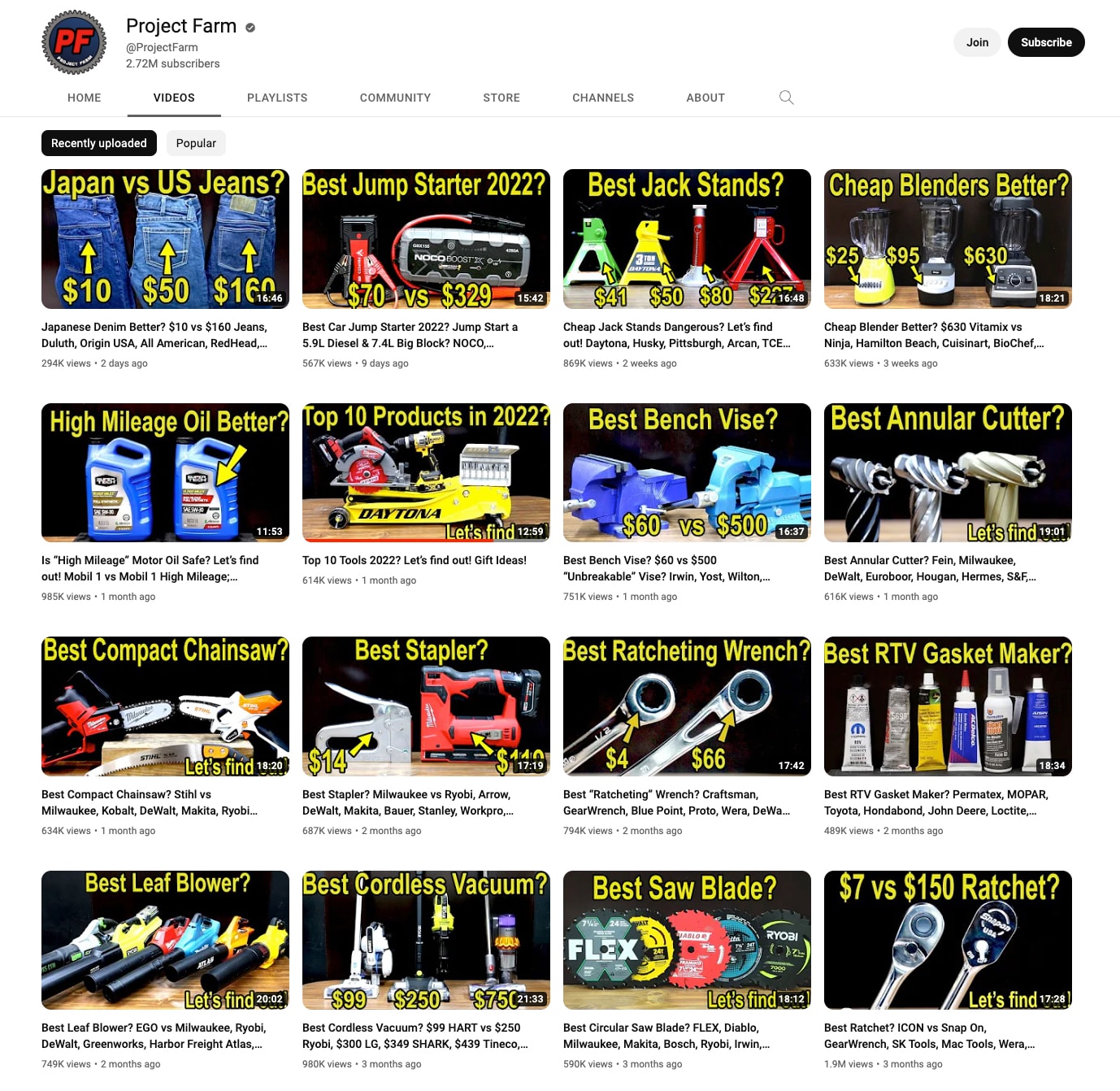
What tools offer the best performance per dollar in a category, and which ones give the best overall performance? It takes extremely precise testing of every aspect of each competitive tool to get a good answer, and that’s what Todd Osgood delivers weekly to the 2.7 million subscribers of his Project Farm channel. These are a few of the “thumbnail” posters for his videos from the last four months of 2022.
As for evaluating tools, no one can match the Project Farm channel (2.7 million subscribers). With a new video every week, Todd Osgood races tools against each other with exhaustive testing to determine which is best. For instance, he describes his 19-minute video on folding knives (2.5 million views) this way:
15 Knife Brands: Benchmade, Zero Tolerance, Spyderco Para 3, Cold Steel, Kershaw Link, Buck, Spyderco Tenacious, Civivi, SOG, CRKT Endorser, CJRB, Ontario, KA-BAR, Opinel, Smith & Wesson. Folding Knives compared for initial sharpness, blade lock release pressure, corrosion resistance, and blade tip durability. Knives were then sharpened using the same sharpening system, then compared for blade edge durability.13At the end of the video, Osgood declares a tie for best between the Zero Tolerance, the Benchmade, and the Spyderco (all costing over $150), while the best deal is the surprisingly good Smith & Wesson at $13. A related Project Farm video on knife sharpeners (with 6.9 million views) compares nine sharpening systems. Osgood’s winner, Wicked Edge, costs $900; the close second-best, Lansky, costs $67.
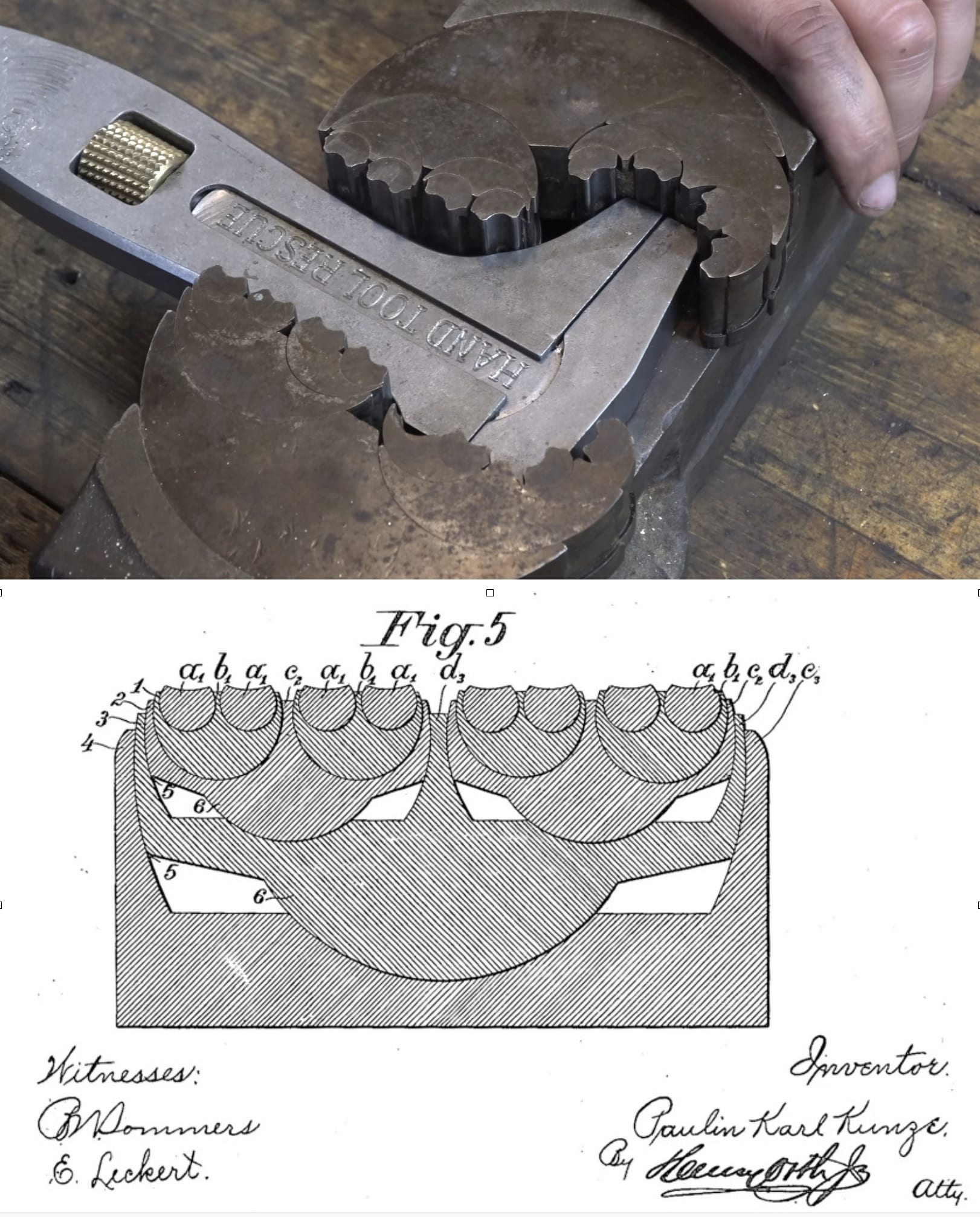
The restoration of a unique self-adjusting “fractal vise” on the Hand Tool Rescue channel has drawn 19 million viewers. One of the top comments begins, “This has blown up in the 3D printing community. People are referencing this video and printing these out of plastic left and right!” In notes by the video’s creator, he provides a link to the original 1913 patent for the device. The video lovingly details the disassembly, rust removal, repair with welding and brazing, fabrication of a missing part, and the japanning, sanding, and lapping it took to get the surfaces to mate properly.
Antique tool restoration videos abound on YouTube. One of the most intriguing (19 million views) concerns a forgotten “fractal vise” from the 1920s. The jaws of the vise close around any irregular shape as 32 points of contact self-adjust to grip the object firmly. That something so ingenious and useful could be lost is alarming. That it can be rediscovered and revived is one of the countless benefits of the internet.
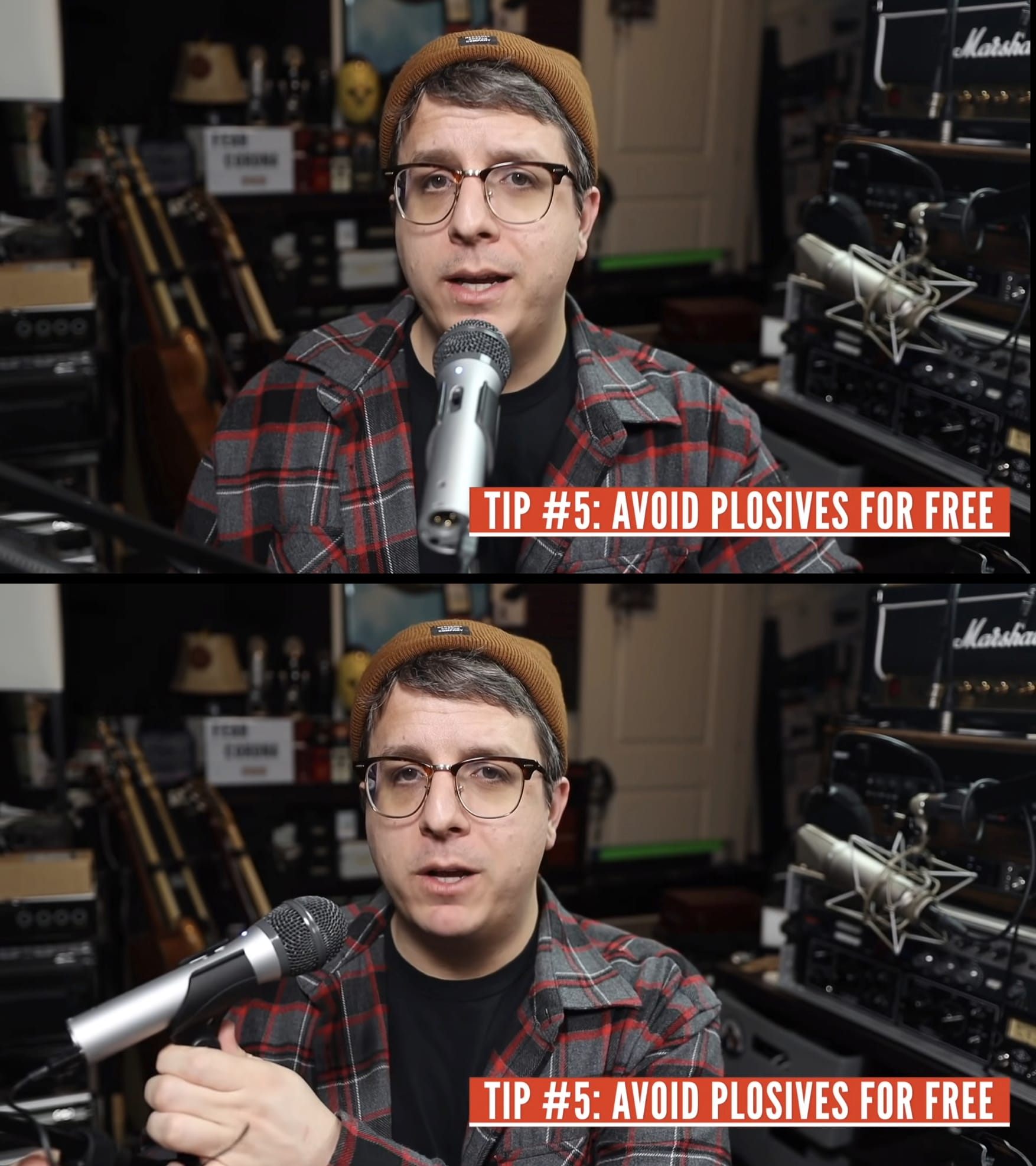
The most common complaint about amateurish YouTube videos is their poor audio quality. On his “Podcastage” channel, Bandrew Scott offers “10 Tips for Better Sounding Vocal Recordings for Beginners.” His tip #5 demonstrates that you don’t need a pop filter in front of the microphone to defeat the distortion caused by “plosives”—the puff of air we blow when pronouncing P’s. You get the same effect by moving the mic to point at your mouth from a 45-degree angle. (Scott’s other tips are: 1) shut off noisy devices, 2) put anything unavoidably noisy behind the mic, 3) have the mic close to your mouth, 4) get the mic off your desk to avoid clunking sounds, 6) record in your closet—or soften hard surfaces in the room where you’re recording, 7) set recording levels properly, 8) stay stationary in relation to the mic, 9) speak into the most sensitive part of the mic, 10) confirm that you are using the right mic and that it is recording, and 11) practice before performing.)
There are, of course, many compelling YouTube videos on how to make compelling YouTube videos. Along with the formal encouragement and advice that YouTube Help offers to “Creators,” sundry volunteer experts spell out such things as the nuances of proper microphone use or how to create viral thumbnail posters. Making an effective how-to video requires three skills—knowing the subject well, explaining well, and crafting a spiffy video. All three can be learned online.
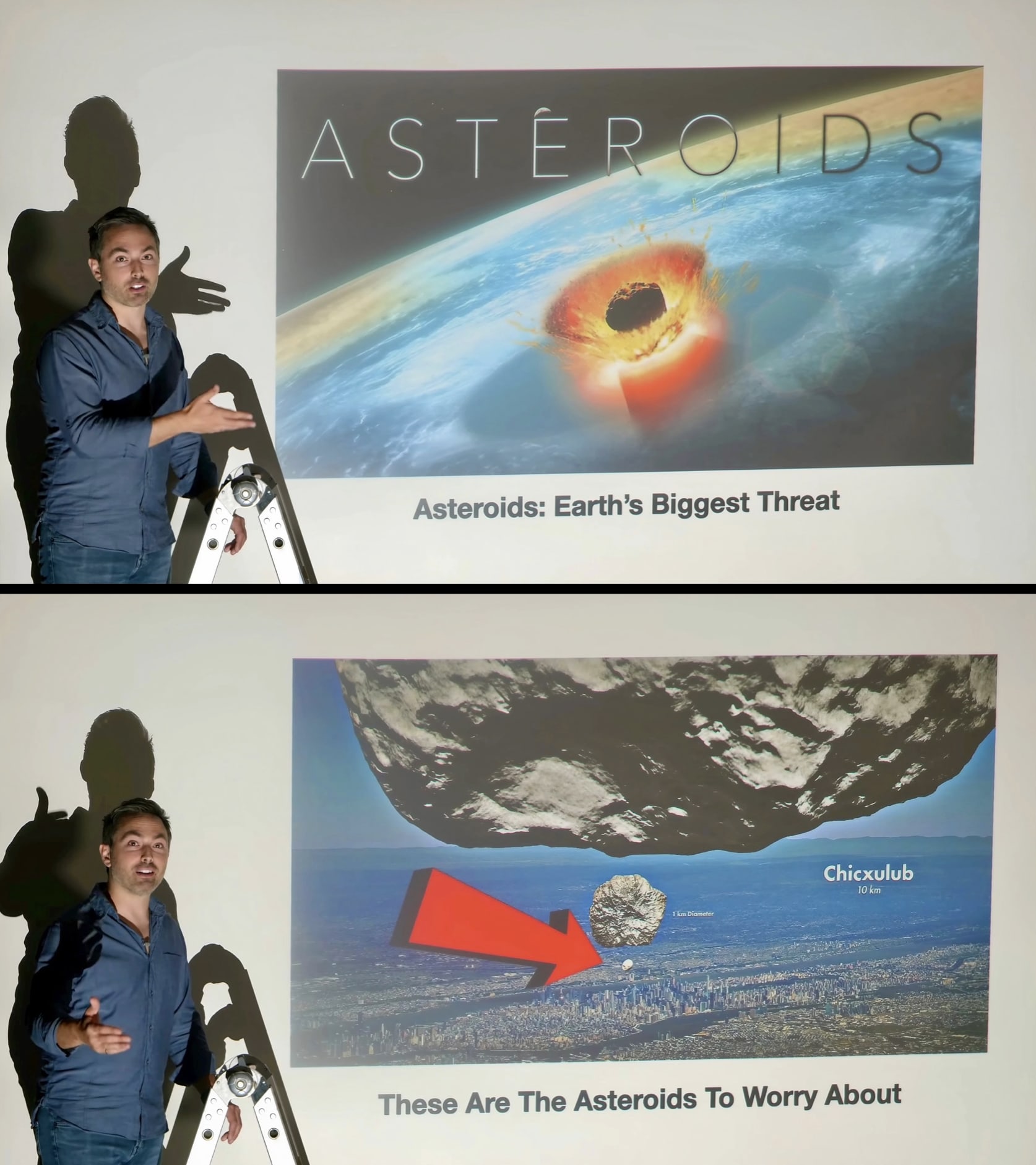
The highly popular science explainer Derek Muller (his Veritasium channel has 13 million subscribers) describes how to make the most effective thumbnail poster in a video titled “Clickbait is Unreasonably Effective.” Here, he shows the first thumbnail and title he used for his video about asteroids. It didn’t perform very well—the trend in viewers looked like it might peak around 1.5 million views, far below his average. So, after trying a few alternatives, he adjusted the thumbnail and the title to “These Are The Asteroids To Worry About.” Immediately, the number of viewers soared past 14 million to become his most popular video. By two years later, views were at 73 million. Muller suggests using the extensive data that YouTube provides to creators for comparison-testing thumbnails and titles, and then go with the one that works best. You might wonder what thumbnail won out for this video about thumbnails. Here it is, showing 6 million views, and counting:
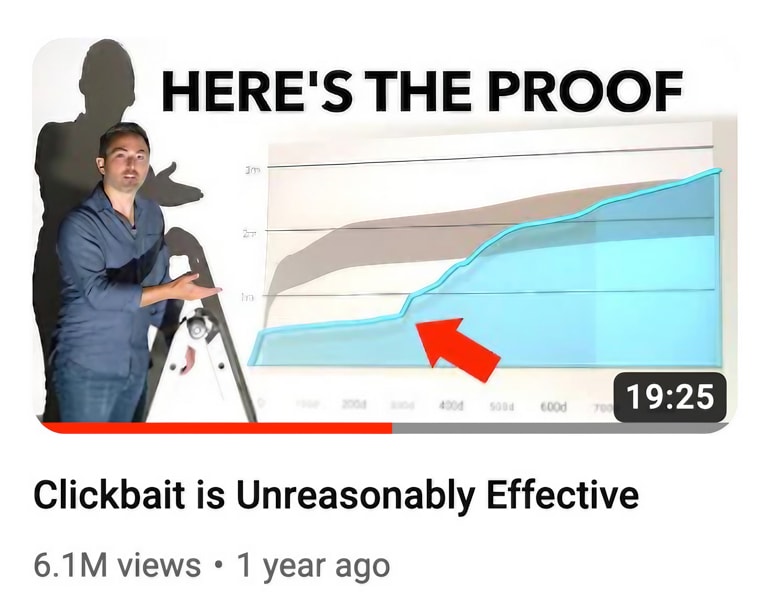
One of the greatest blessings of YouTube videos is how accessible they are. When you’re flummoxed by something not working, it’s short work to find some helpful videos, and pretty quickly you’ll know if you can fix the problem yourself or if it’s beyond your skills and tools and you need to find professional help--or replace the item. The comfort that comes with knowing that advice is always at hand eases entry into adopting maintenance-mind in general. Instead of suppressing awareness about things going wrong with your devices, you become calmly vigilant for troubling signs and ready to act on them as needed. You take charge of your stuff.
How-to videos confer agency.
YouTube is a well-managed and innovative service operating at a global scale. (The most popular YouTube channel, with 211 billion views, is a music channel named “T-Series,” based in India, broadcast in Hindi.) YouTube is kept in business by advertising revenue. For me, the ads are a maddening interruption in the videos. If you can afford to pay $12 a month for YouTube Premium, the ads will disappear. I recommend it. Deriving value from YouTube involves perusing a lot of videos and studying some in depth. Get the ads out of your way.
What I’ve written in this book about manuals will probably stay relevant and useful for a good while. What I’ve written about YouTube videos is bound to be outdated instantly. That alone tells you where the action is.
(End of MANUALS to YOUTUBE digression)
___________________________